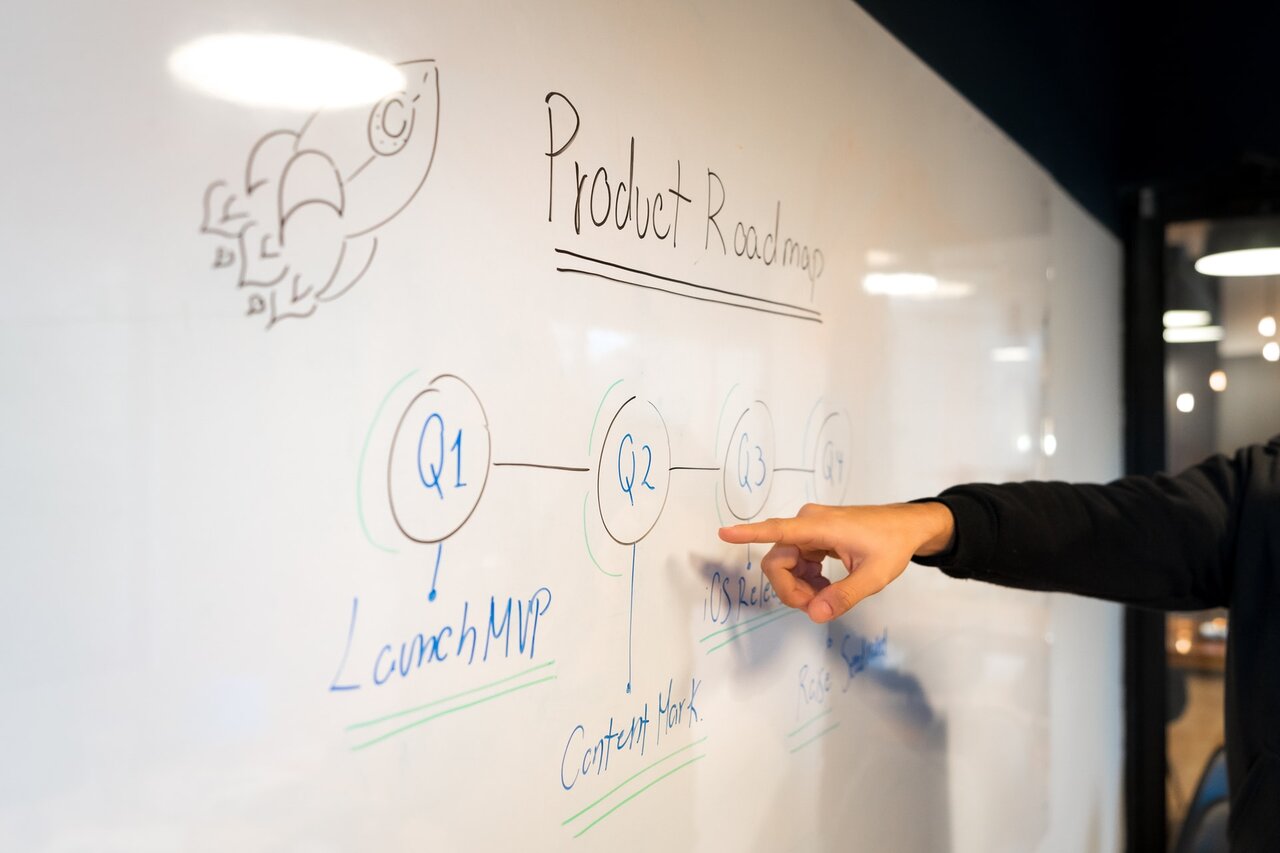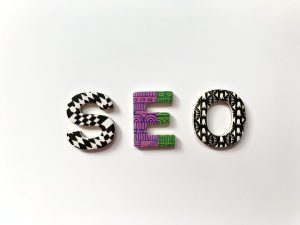“How long before I make the front page?” This is the most asked question when talking to potential clients.- OR – How long will it take to see the results of SEO activity?
An unequivocal and precise answer is impossible, because this activity involves a number of variables that we must take into account and, above all, we must not forget the similar efforts made by competitors.
But there are a few considerations we can make to determine how long it will take to see the first concrete fruits of the work, in terms of improving and strengthening Google rankings.
SEO results can take up to a year of work
Therefore, we can try to quantify the time needed to achieve results in SEO activity, indicating a broader period, i.e. from four months to one year.
It is Jeremy Knauff’s theory , which explains that the definition of this range “is based on three key variables that determine how long SEO will last”, namely:
- Competitors
- Inbound links
- Content
Even if we take into account all the data behind these variables, there is no formula to answer the question, because understanding the time required for SEO “comes down first to evaluating the data behind these three variables, the start of the SEO campaign, followed by an evaluation of the time in which the first results appear. Only then can we reach a conclusion
How important is competition for SEO results
Anyone selling a product like “breakfast cereal with salmon probably won’t face any competition,” the author jokes before clarifying that those “selling products and services that people will buy will face varying degrees of competition depending on the keywords.”
For example, he continues, a plumber serving a small local market will face less competition than a real estate brokerage serving a large city, which in turn faces less competition than a national mortgage company.
Competitor SEO and working times
It is easy to understand that “the more competing web pages you encounter, the longer it will take to reach the top of the search results”.
Even if you start to move up from the lower pages, you need to keep in mind that as you move up the search results, each subsequent step will often require much more effort and time.”
This depends both on the number of competitors and on the fact that top-level pages tend to have experienced SEO professionals: an often overlooked aspect of competition is actually “the correlation between the volume of competition in a niche and that of SEO professionals behind the top web pages in that niche”.
Backlink importance for results time
It’s no secret that backlinks still play a huge role in SEO, but their impact on the time it takes to improve rankings depends on a few more complex factors.
The first is the number of links to the website: in general, says Knauff, “more links will help achieve SEO success faster, but it’s not just a numbers game.”
Other characteristics matter, such as “fewer high quality links from relevant websites will have a much greater impact on results than more low quality links from irrelevant websites”.
This is an important concept because high-quality backlinks are generally harder to earn, so they will be harder for competitors to replicate; they also tend to last longer, unlike links generated using other methods.
But there are other aspects to consider, in particular the rate at which the site earns links and the rate at which it has earned historical links. A sudden increase could indicate an attempt to manipulate the rankings.
Using methods that do not comply with the Google Webmaster Guidelines and that achieve a sudden increase in the number of backlinks can expose you to the risk of manual action and, in the worst cases, can lead to a Google penalty.
Speed in link building campaigns
The author presents three example graphs to try to clarify when a backlink profile has a natural evolution over time.
In the first case, the growth pattern is regular and evolves over time – there should be no suspicious activity.
In this second case, the evolution seems less natural, but the peak could depend on other factors – such as more media coverage, a new product launch or a great content marketing campaign.
The last graph is quite suggestive: there are large peaks alternating with periods of sharp decline, a sign of suspicious activity.
According to the article, the faster the site earns relevant, high quality links, the faster it will rank, but without neglecting any of the aspects mentioned above.
Value of the site content
Inevitably, the content posted on the site plays an important role in how quickly you can see results and the first thing to know is that quality matters a lot.
We know that there is no correlation between quality and word count and that there is no minimum or even ideal length: content “simply has to be long enough to solve a visitor’s problem,” Knauff reminds us.
Managing content and removing non-value-adding content
SEO activity should not only focus on the creation and publication of new articles or pages, as deleting content can also play a proactive role in SEO uptime.
The key is to determine what content to keep, which to improve and which to remove; in particular, deleting poorly performing pages can help improve the overall performance of the site in search results (and crawl budget optimization), as they leave room only for original and useful content that addresses the needs of the audience, while continuing to improve them continuously.
In practical terms, “higher quality long-form content tends to earn more links than lower quality and/or shorter content”.
According to a Backlinko study, out of 912 million blog posts, longer content earns 77.2% more links on average than shorter articles.
Finally, how long does it take to see results in SEO?
The work of SEO professionals “is similar to that of meteorologists: despite all our knowledge, experience and tools, we often get it wrong,” Knauff says in his findings, pointing out that “clients are usually frustrated when they don’t see results at the speed they want.”
Part of an SEO professional’s job is also managing customer expectations, an area where many fail.
Perhaps the most critical aspect is precisely that of the time it takes to see the positive effects of the work and investment (because there are often those who tell clients only what they want to hear, generating unrealistic expectations) and, consequently, many people believe that it only takes a few weeks or a few months to achieve SEO results.
This is only partially true – you may start to see improvements in organic rankings and increased traffic for topics and keywords with reduced competition in a few weeks, but these are unconsolidated increases and only for particular niches. Typically, competitive keywords could last for months, while highly competitive keywords could last up to a year or more!
To use Google’s words, “in most cases an SEO will need 4 months to a year to help your company implement improvements first and then see the first benefits”: this is also confirmed by statistical analysis which reports that only 5.7% of published pages will reach Google’s top 10 in a year.
But even after you’ve made it to the front page, you have to work constantly, because “your competitors – both current and newcomers – will always try to take that position”.
In other words, SEO is an ongoing effort that will never be finished.




